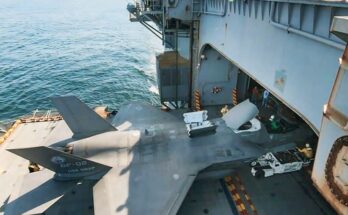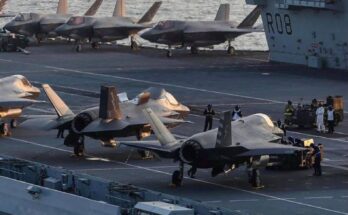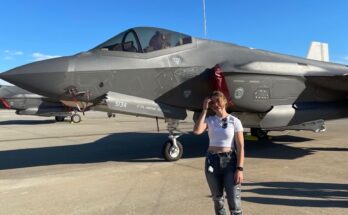
Aerial refueling has been a cornerstone of U.S. Air Force operations for decades, allowing combat aircraft to extend their missions far beyond the range of internal fuel tanks. Two of the most significant platforms that fulfill this role are the KC-135 Stratotanker and the KC-46 Pegasus. Both represent different eras of aviation technology, yet they share the same critical mission: to provide fuel in the sky to fighters like the F-15 Eagle, which often operates in tandem with these tankers during long-range missions.
The KC-135 Stratotanker entered service in 1957 and has been a workhorse ever since. Built during the Cold War, its primary purpose was to keep nuclear-capable bombers aloft for extended deterrence patrols. Over the decades, the Stratotanker has been upgraded with new engines, avionics, and structural improvements to keep it relevant in modern operations. Despite being nearly 70 years old, many KC-135s remain in active service, proving the soundness of its original design and the effectiveness of continuous modernization. Its refueling system relies on a flying boom, which allows fuel to be transferred quickly and efficiently to receivers like the F-15.
By comparison, the KC-46 Pegasus is a much newer platform, based on the Boeing 767 airframe and introduced into service in 2019. It was developed to replace the KC-135, though both currently serve side by side. The Pegasus incorporates modern avionics, improved fuel capacity, and the ability to refuel via both boom and hose-and-drogue systems, making it compatible with a wider range of allied aircraft. Unlike the older Stratotanker, the KC-46 also includes defensive systems and advanced communications that allow it to operate in more contested environments. Although its development faced delays and technical issues, the KC-46 represents the future of aerial refueling for the U.S. Air Force.
The F-15 Eagle, often seen receiving fuel from these tankers, is one of the most iconic American fighter aircraft. Introduced in the 1970s, the Eagle was designed for air superiority and has since proven itself in multiple conflicts with an unmatched combat record. Despite being a fighter with impressive range compared to some peers, the F-15 still depends on tankers to achieve global reach. When paired with tankers like the KC-135 or KC-46, the Eagle can cross oceans, remain on station longer, and project U.S. airpower anywhere it is needed.
In a typical refueling operation, the tanker maintains steady flight while the fighter carefully approaches from below and behind. The boom operator on the KC-135 or KC-46 then guides the refueling boom into the receptacle of the F-15. This mid-air linkup is a precise and highly choreographed process, demonstrating the professionalism of Air Force crews on both sides of the operation.
Ultimately, whether it is the proven KC-135 Stratotanker or the modern KC-46 Pegasus, the mission remains the same: keeping frontline aircraft like the F-15 Eagle in the fight. Together, these aircraft symbolize the combination of endurance and striking power that defines U.S. airpower today.


